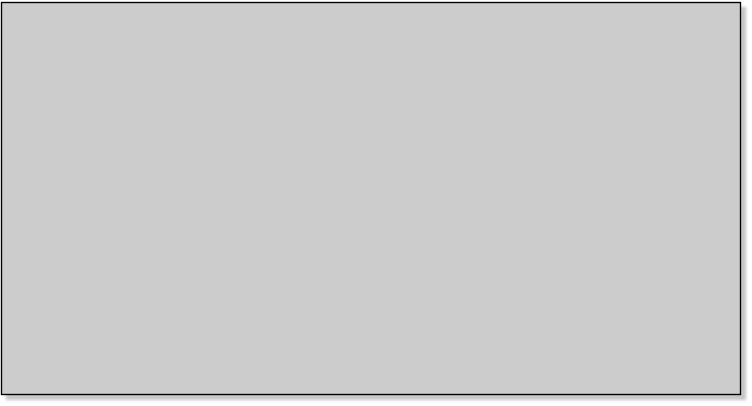
FAQ > Customer Provided Glass
There are major safety pitfalls you should be aware of that come into play when installing a customer’s used or new
auto glass part.

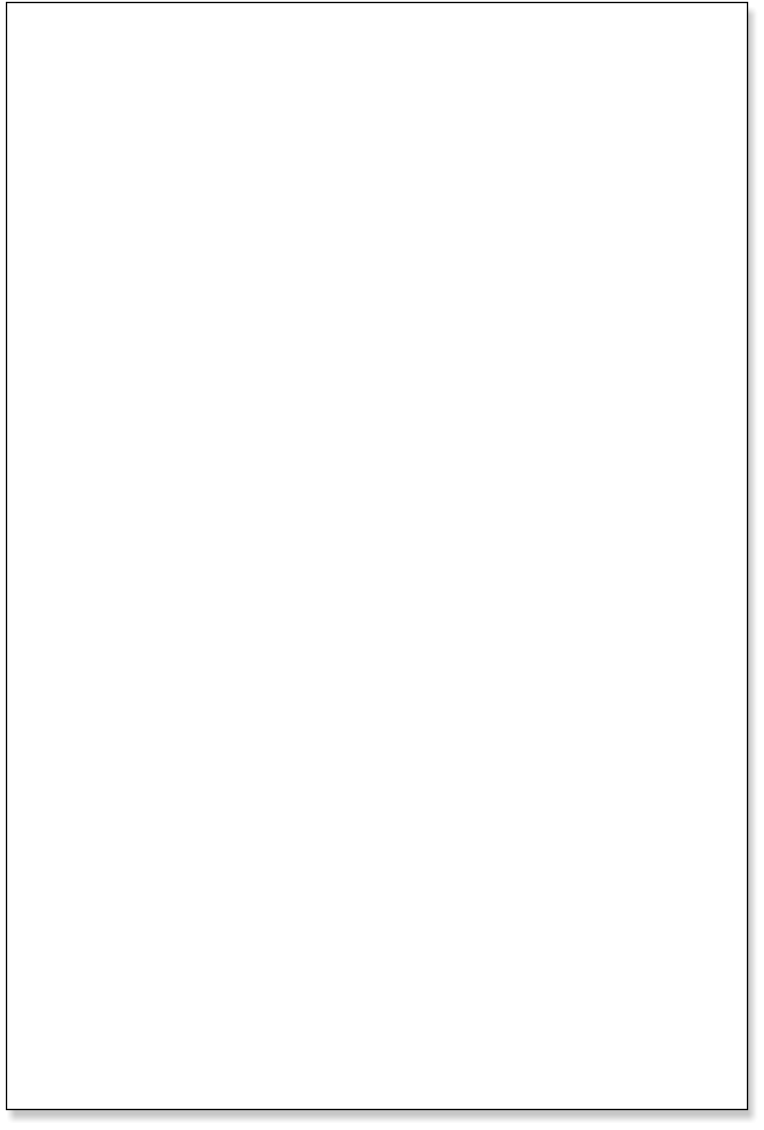
•
AGRSS guidelines for installing a used bonded windshield, door, vent, quarter, or rear window back glass
The
term
“used
glass”
can
be
defined
as
a
part
that
has
been
previously
installed.
Each
piece
of
used
glass
must
be
evaluated
on
a
case
by
case
basis.
The
AGRSS
Standard
requires
that
the
part
be
free
of
flaws,
compatible
with
the
new
adhesive
system
and
have
a
traceable
path
to
the
previous
installation
information.
The
adhesive
manufacturer
has
specific
bonding
requirements
to
insure
a
safe,
quality
installation.
The
used
part
can
ONLY
be
used
when
all
questions
about
it
are
answered,
and
the
part
meets
BOTH adhesive manufacturer AND AGRSS Standard requirements.
The chart below is the AGRSS standard that all auto glass companies and their technicians are required to follow.

The
AGRSS
Standard
(AGRSS/ANSI
002-2002
Automotive
Glass
Replacement
Safety
Standard)
is
the
first
and
only
North
American
standard
detailing
the
steps
and
procedures
installers
should
take
to
provide
safer
automotive
glass
replacement.
It
is one of the most significant safety developments in the automotive glass industry in the past 50 years.
The
AGRSS
Standard
explains
what
steps
should
be
followed
for
safer
replacements
and
also
sets
up
procedures
for
handling
difficult
or
problem
installations.
It
was
developed
by
a
dedicated
group
of
automotive
glass
industry
professionals
under
the
auspices
of
AGRSS
(Auto
Glass
Replacement
Safety
Standards
Council).
The
entire
development
process
followed
the
procedure
of
the
American
National
Standards
Institute
(ANSI)
to
insure
that
it
was
open
and
complete.
As
a
result,
the
auto-
glass industry has a standard that received input from and belongs to the entire industry, not just one group or company.
It
is
important
that
every
single
person
and
company
involved
in
the
auto-glass
replacement
industry
be
familiar
with
the
AGRSS Standard.
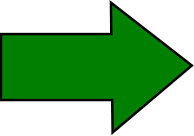
INSTALL GLASS
According to Dow Automotive
Procedures and the
AGRSS Standard
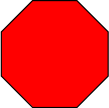
STOP
DO NOT
INSTALL
Does not meet
ARGSS
Standard
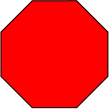
STOP
DO NOT
INSTALL
Does not meet
DOW Automotive
Requirments


Did Your company
install the glass in
the vehicle it was
removed from?

No

Yes


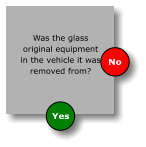


Was it installed
according to the
AGRSS Standards?

No



Does the urethane
bonding surface on
the glass meet all of
the following 3
conditions?
•
Freshly Cut
•
Well Bonded
•
Uncontaminated

No

Yes
Does the body-side
bonding surface
meet the same
conditions

No

Yes

Guidelines for
Determining if a
used windshield,
door, quarter or
back glass part
can be installed

?
Are you sure the
method of removal
has not
contaminated the
bonding surface

Yes

No






AGRSS
Surface
contamination
is
and
always
has
been
an
on
going
problem
in
the
auto
glass
industry.
In
2003,
after
a
lot
of
extensive
research,
Dow
Automotive
implemented
a
working
solution
for
the
problem
on
“new”
glass.
Dow's
mission
was
to
define
the
types
of
contamination
and
provide
a
practical
solution
that
is
effective
on
a
wide
range
of
contaminants
and
safe
for
the
auto
glass
technician
doing
the
actual
work.
Dow
concluded
that
the
contamination
could
be
classified
into
one
of
two
types,
"primary"
or
"secondary"
and
that
both
could
be
effectively
treated
by
the
technician
using
materials
typically
on
hand
in
any
properly
equipped
auto
glass
installation
center.
Most
contamination
can
be
classified
as
"primary"
contamination
that
is
the
direct
result
of
the
manufacturing
process
or
shipping
from
the
manufacturer
to
the
distributor's
warehouse.
Dow
developed
a
"wet
scrub"
procedure
for
"new"
auto
glass
parts
a
technician
can
use
that
can
virtually
clean
and
make
just
about
any
"new"
auto
glass
part
usable.
Secondary
contamination,
is
typically
the
result
of
handling
or
transporting
the
glass
part
and
is
usually
easily
treated
with
a
good
"commercial" cleaner.
In
2004
Dow
Automotive
released
the
"wet
scrubbing"
procedure
to
the
technicians
in
the
auto
glass
industry.
This
procedure
uses
a
mist
of
cleaner
that
is
applied
to
the
bonding
area
of
the
glass
that
will
produce
an
indication
of
existing
contamination.
This
particular
cleaner
will
usually
indicate
a
contaminant
is
present
on
the
glass
by
“separating
or
fish
eyeing".
If
this
happens
the
glass
bonding
area
is
cleaned
and
tested
again
by
reapplying
the
cleaner
to
determine
if
the
contaminant
was
removed.
If
the
cleaner
does
not
separate
when
reapplied,
the
contaminant
was
likely
a
"secondary"
contaminant
and
was
successfully
removed
and
the
glass
in
now
ready
for
the
application
of
the
adhesive
system.
If
the
application
of
cleaner
continues
to
"separate
or
fish-
eye"
a
primary
contaminant
is
likely
present
and
more
cleaner
should
be
applied
to
the
bonding
area
and
it
should
be
lightly
scrubbed with a non woven abrasive pad. After that process, the glass part should once again be re-cleaned and reinspected.
If an auto glass technician "wet scrubs" a piece of glass more than three or four times and it does not appear that the contaminant
is removed, Dow recommends that a new piece of glass from a different manufacturer should be used.
By the later half of 2008 Dow Automotive has had nearly five years of proven results with this "wet scrub" process and it
is still being supported by continued testing and well over a million installations.
It
is
highly
possible
that
the
bonding
surface
maybe
unstable
or
contaminated.
Contamination
can
come
from
many
sources
and
can
consist
of
one
or
more
substances.
It
is
difficult
if
not
impossible
for
an
auto
glass
technician
to
accurately
identify
the
contaminant
and
know
of
any
special
treatment
procedure
for
removing
it.
This
was
and
remains
a
problem
even
on
"new
auto
glass".
A
used
glass
that
has
been
out
in
the
world
for
a
number
of
years,
and
removed
by
who
knows
what
method
from
a
vehicle,
has
even
more
hurdles
to
over come
Due to job cost considerations
we do not offer this service for mobile on-site installation, we provide this service only IN House.
•
I already have the auto glass, will Phoenix Glass install it for me?
Yes, but due to economics Phoenix Glass cannot assume responsibility for breakage of your new or used glass. Also note that if we not not
provide the glass to you directly from an auto glass manufacturer or one of our authorized OEM or OEE After market auto glas distributors
we cannot warranty the glass itself.

Copyright 2013 © Phoenix Glass, Inc. All Rights Reserved
Revised June 2023
Please Like Us
on Facebook
Was the glass
original equipment
in the vehicle it was
removed from?

No

Yes

Yes














